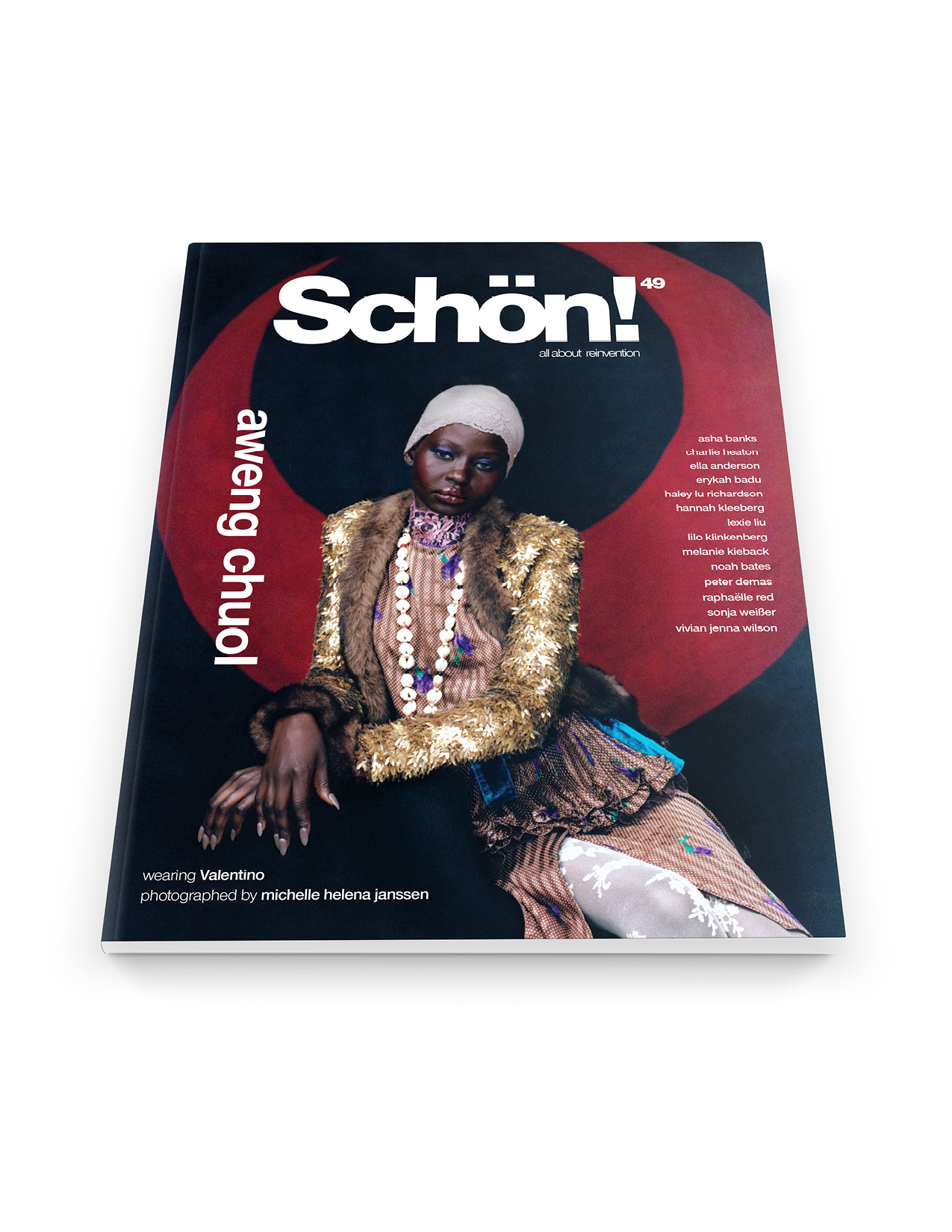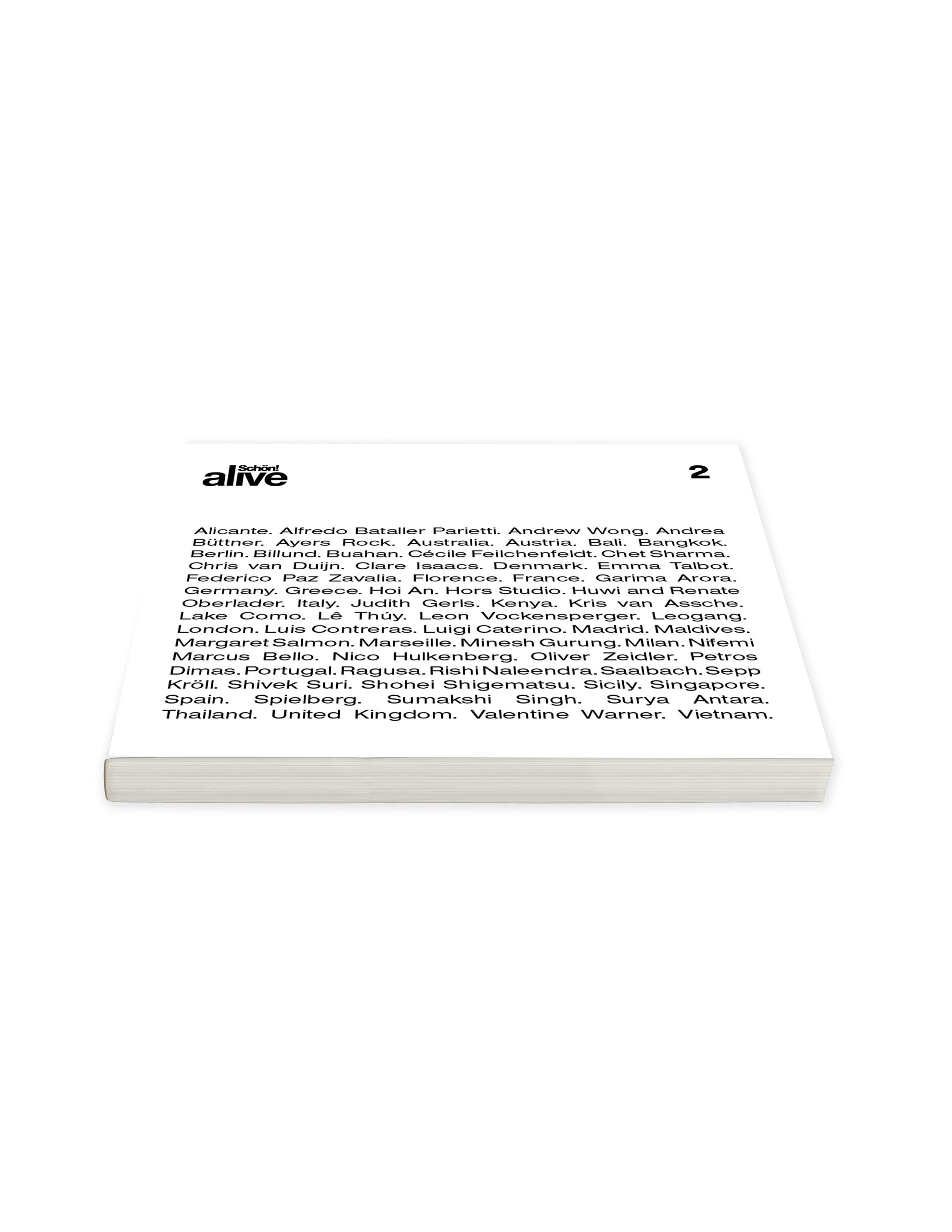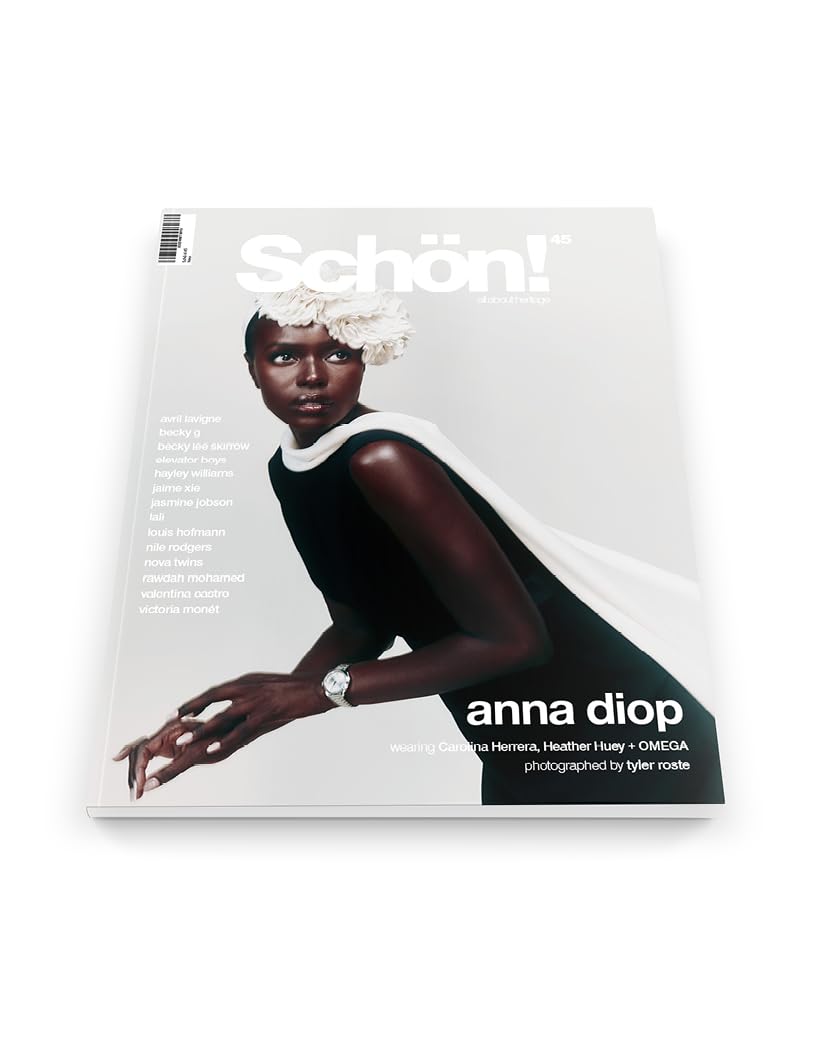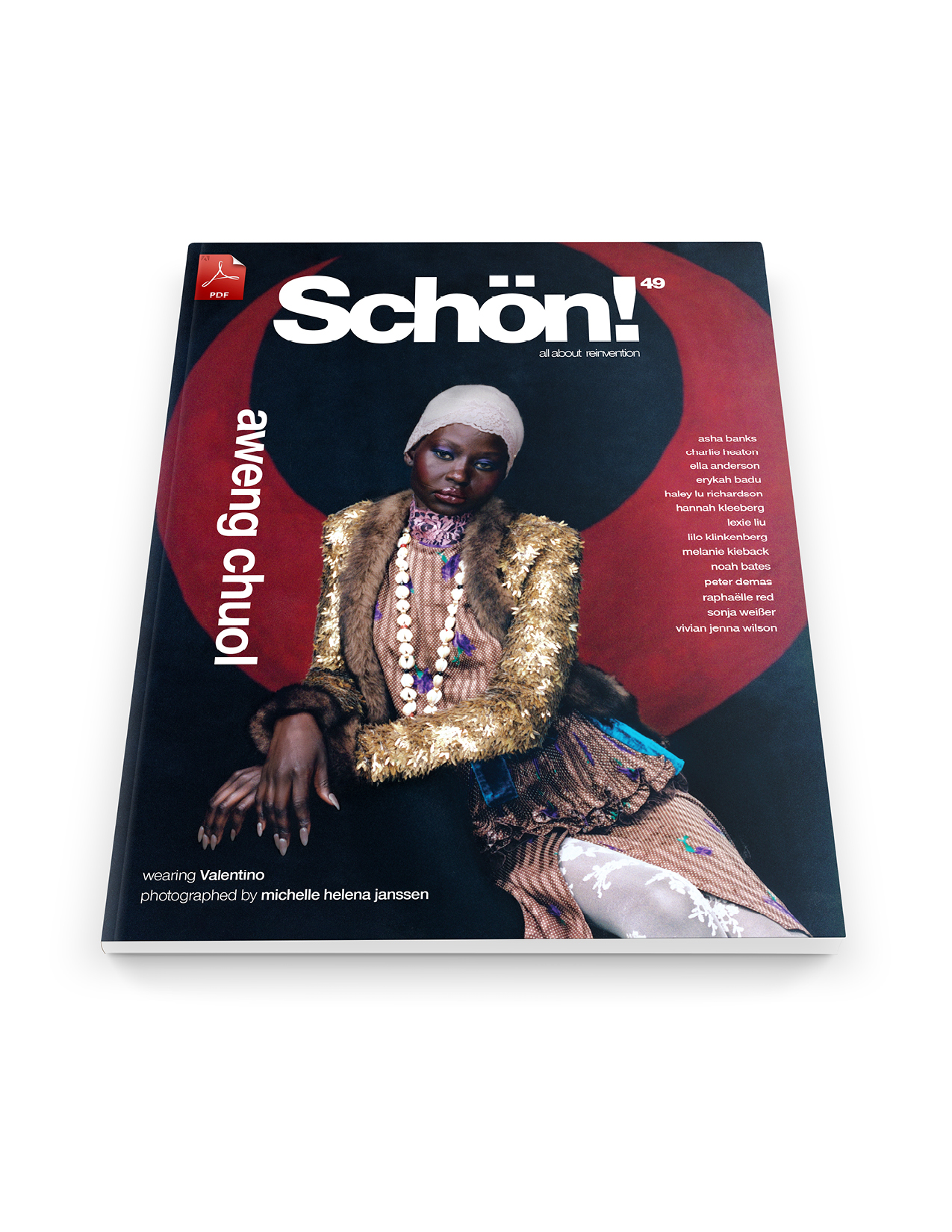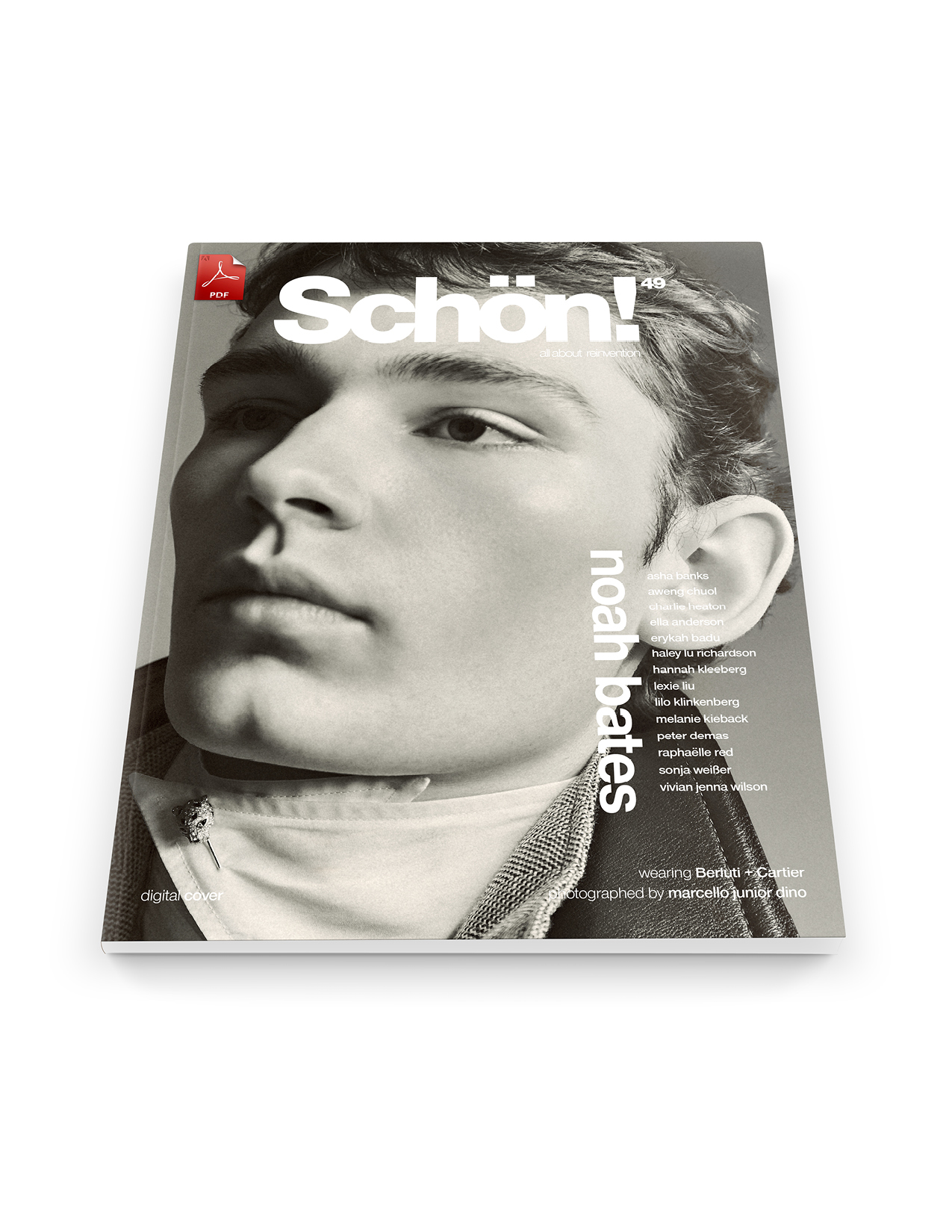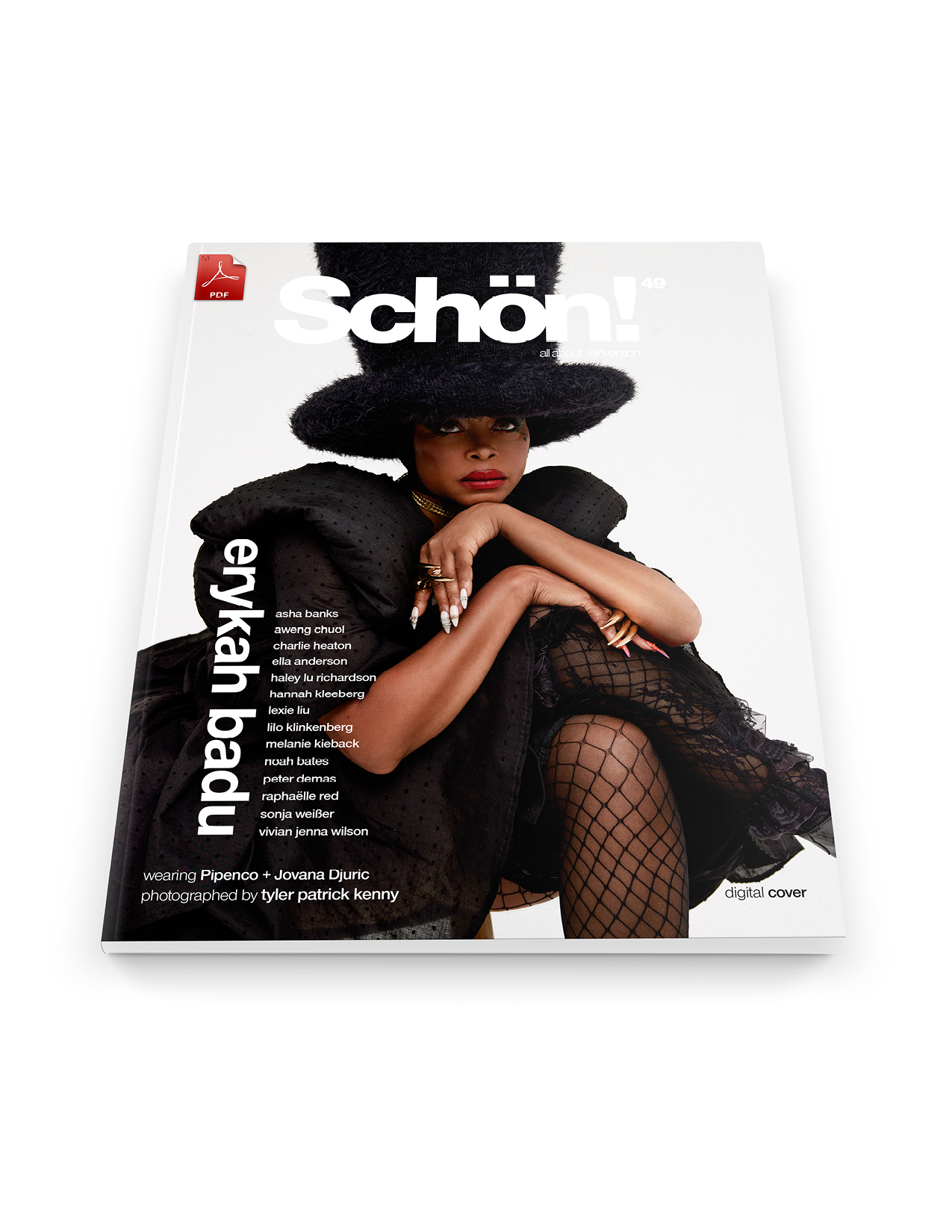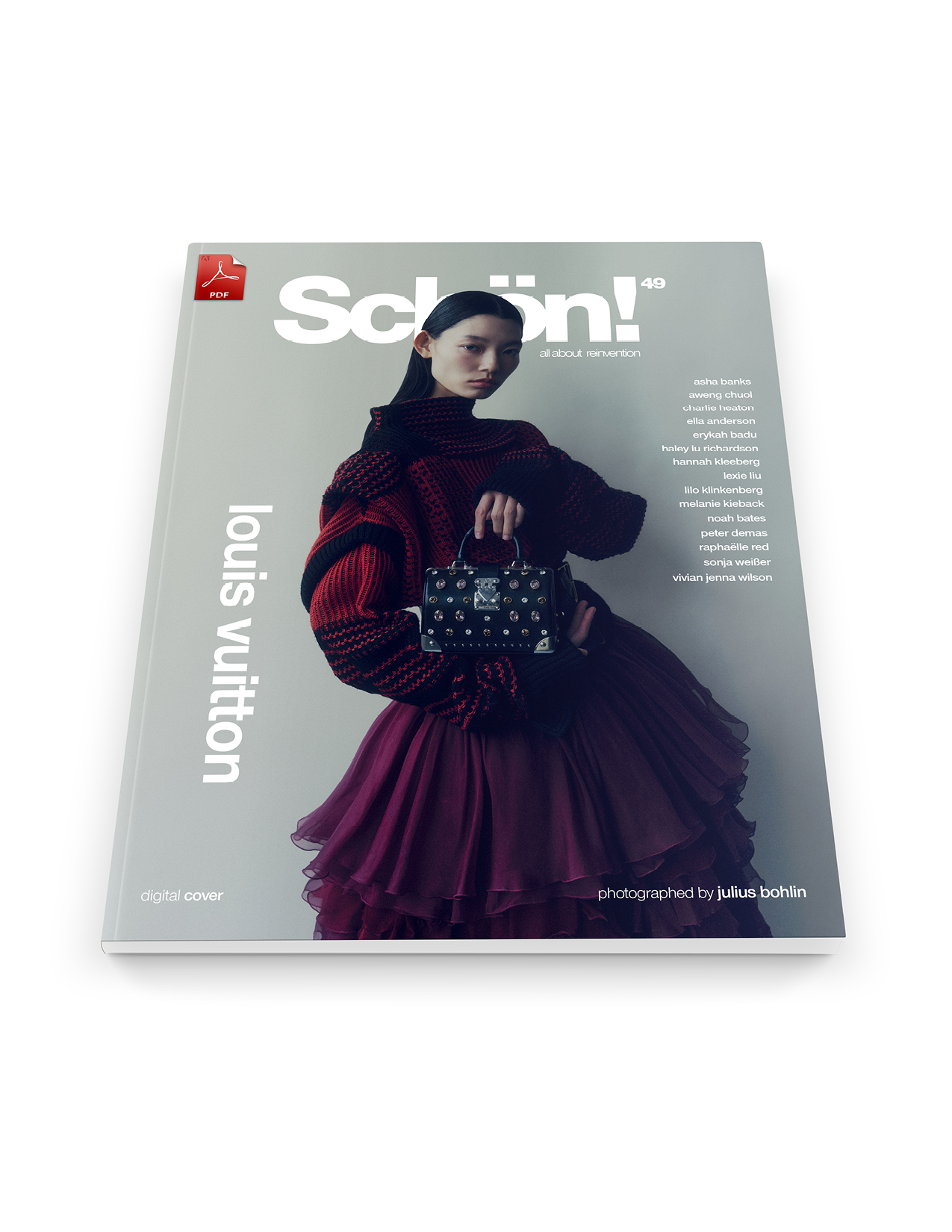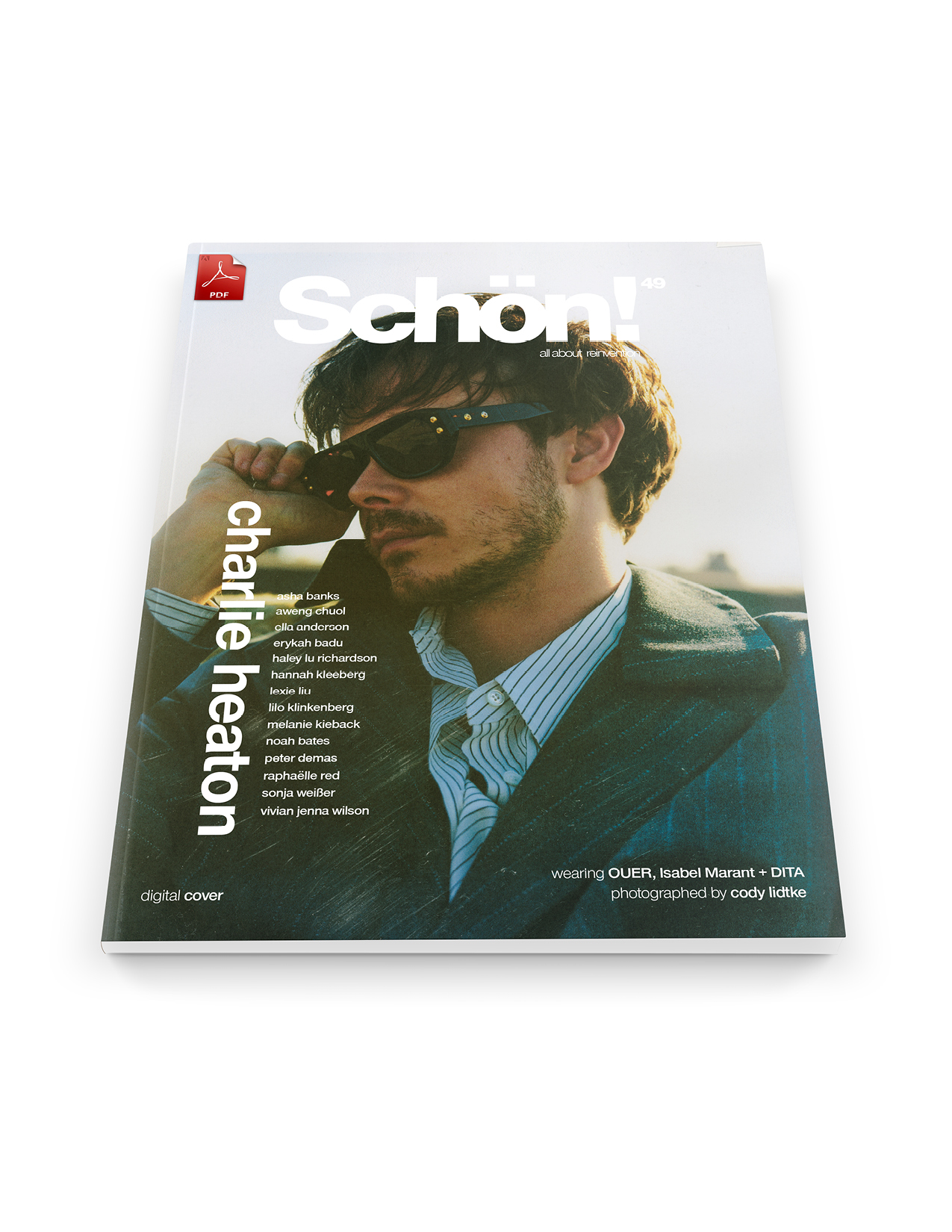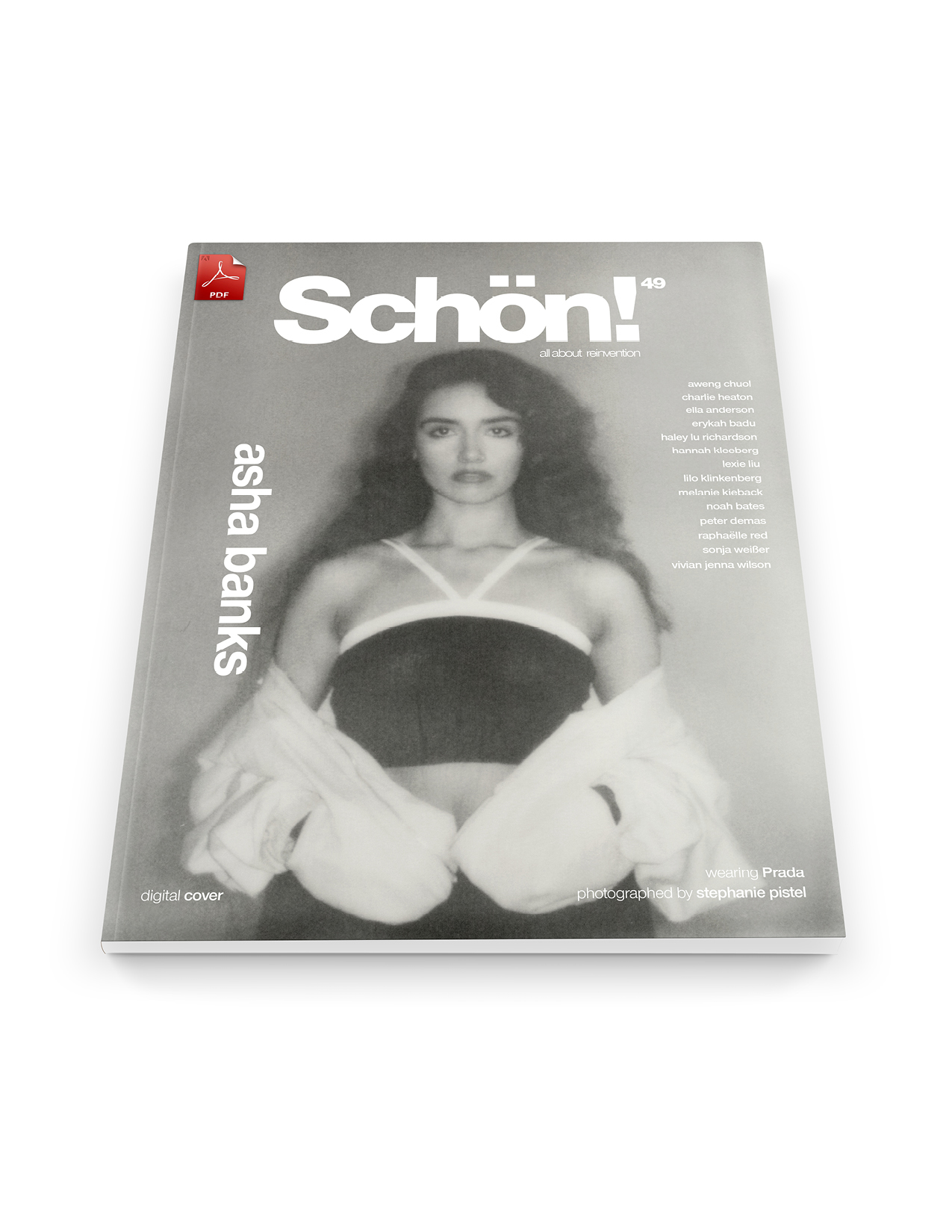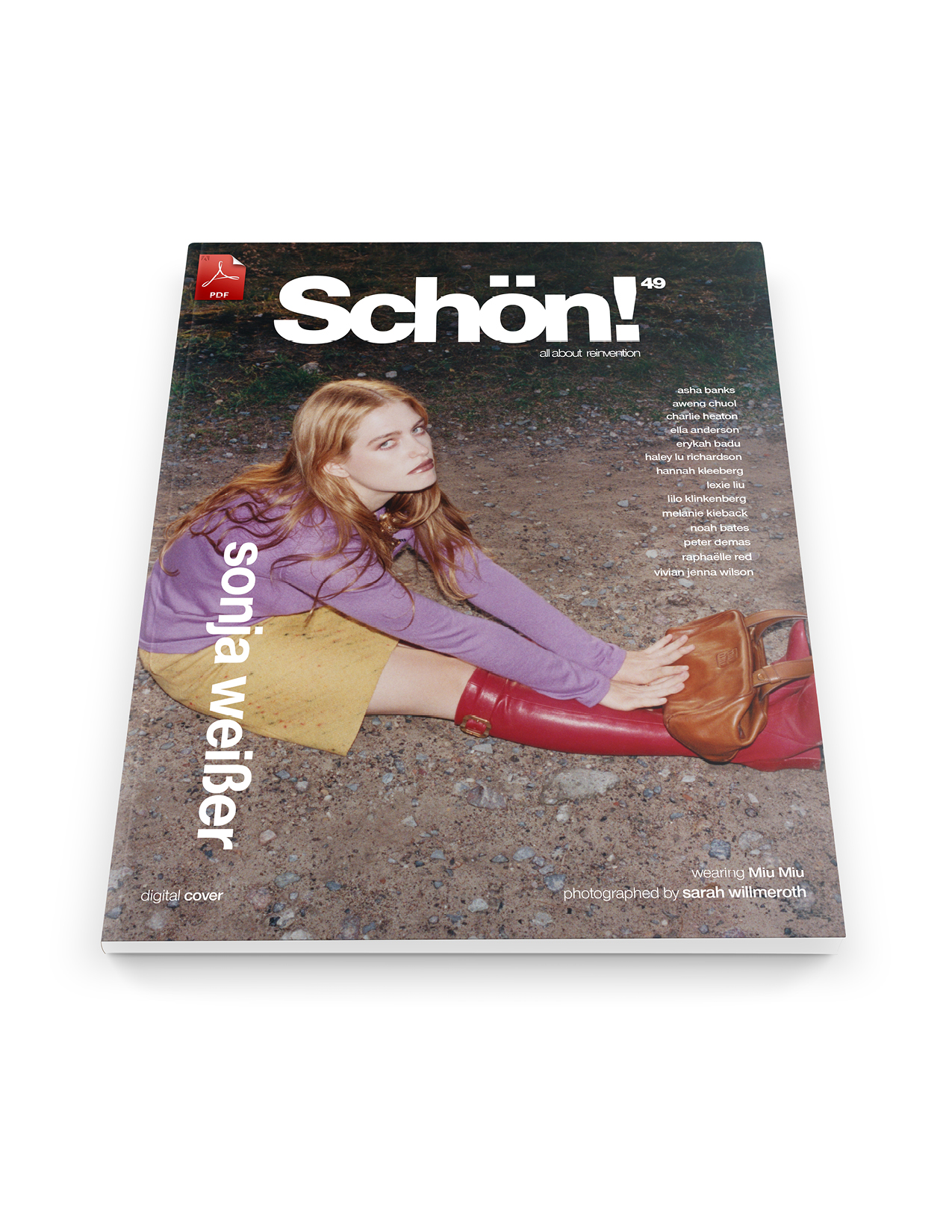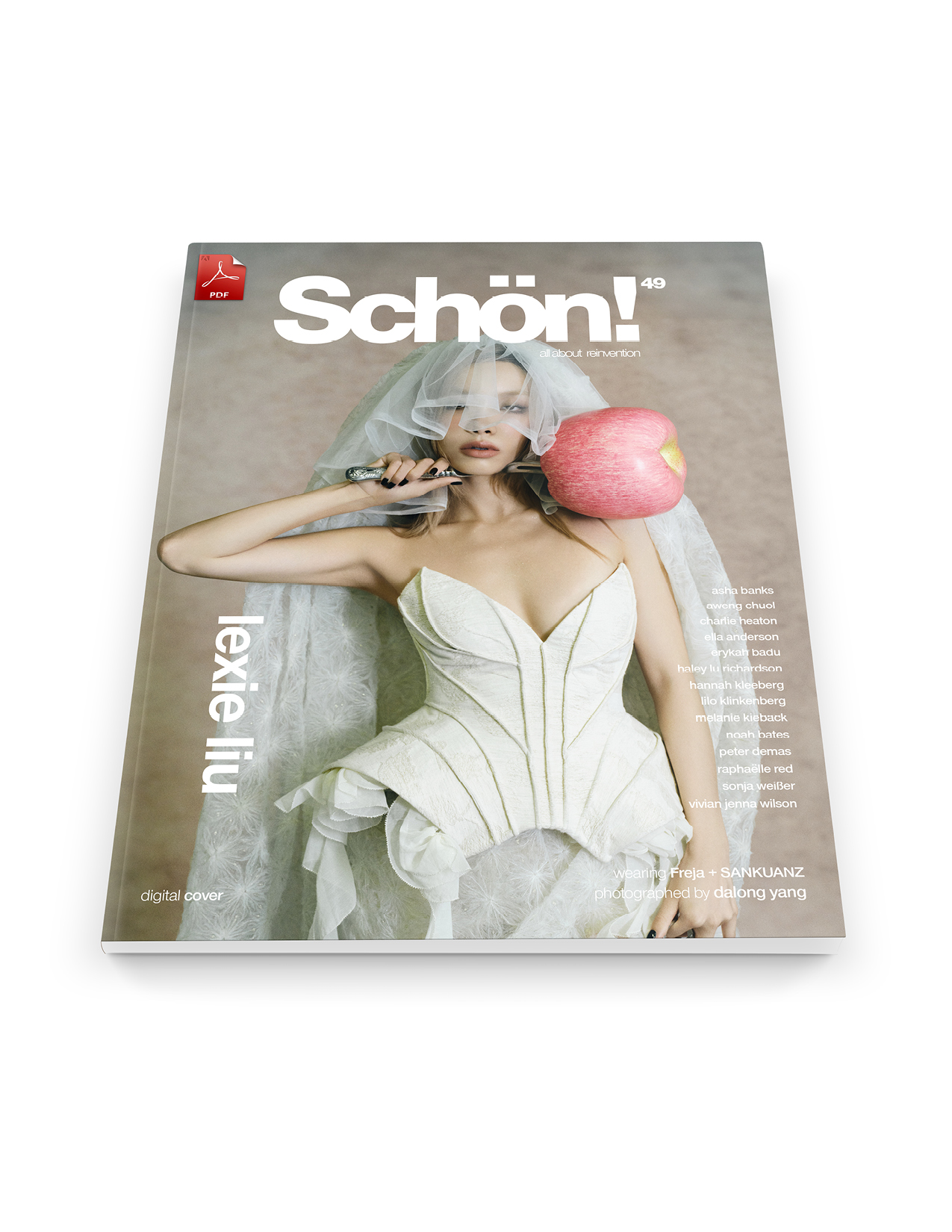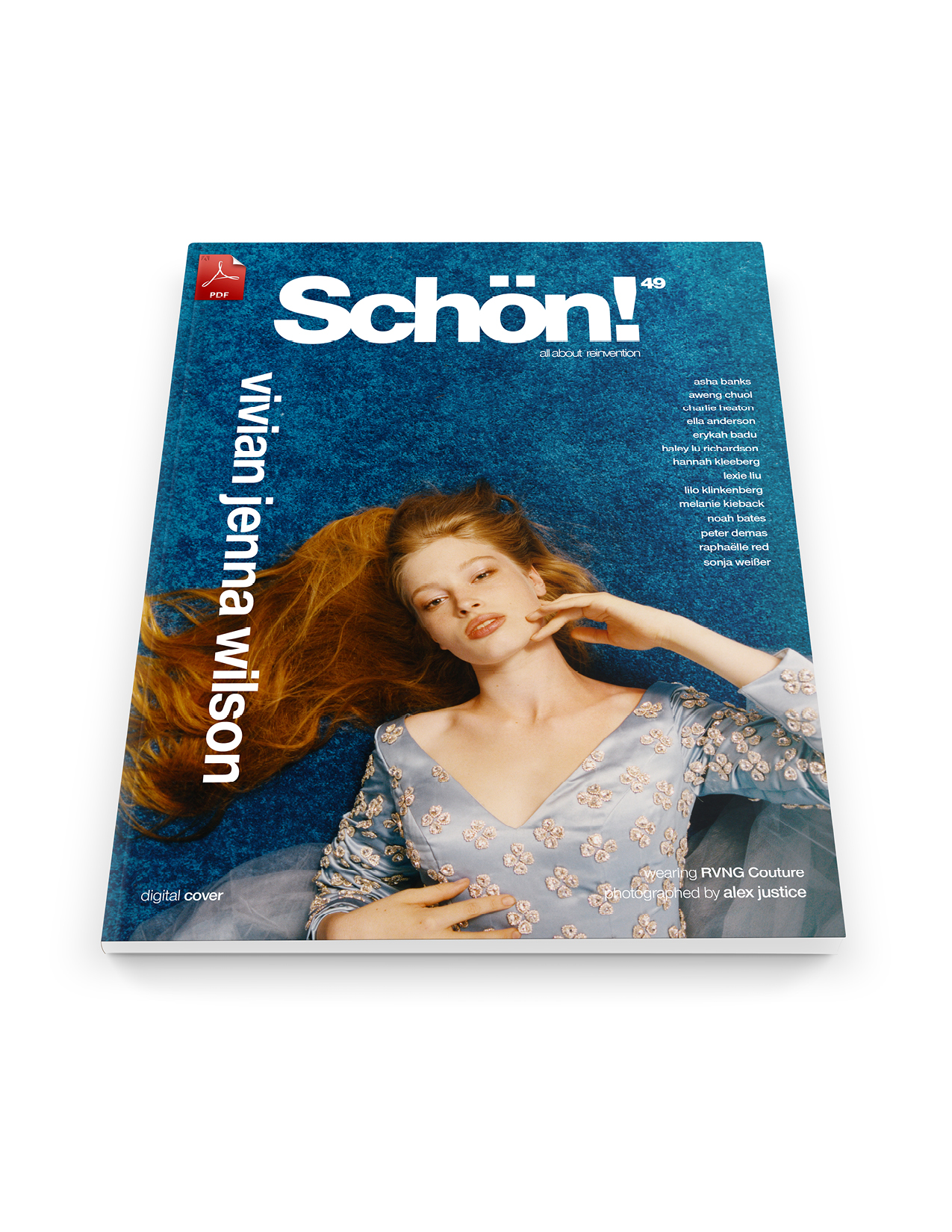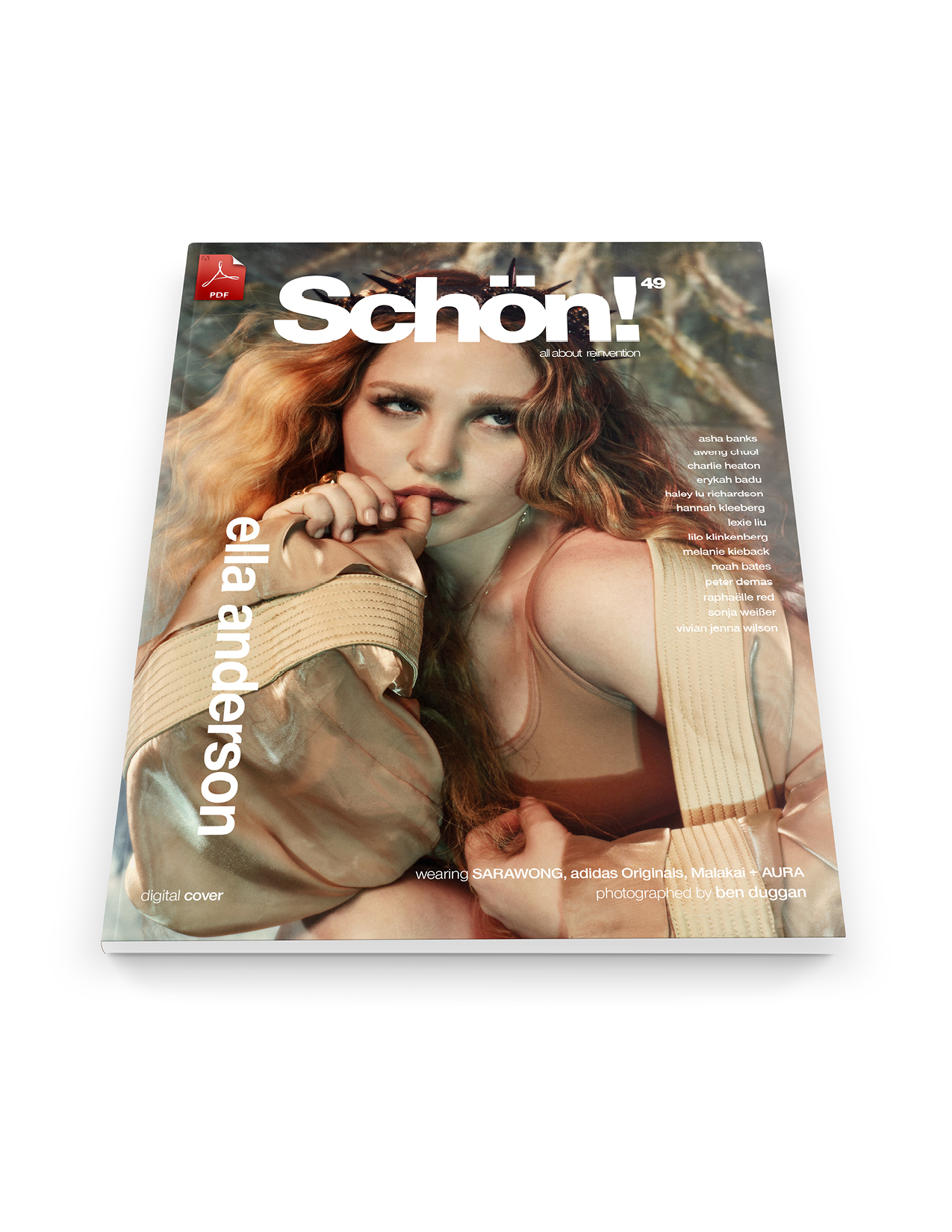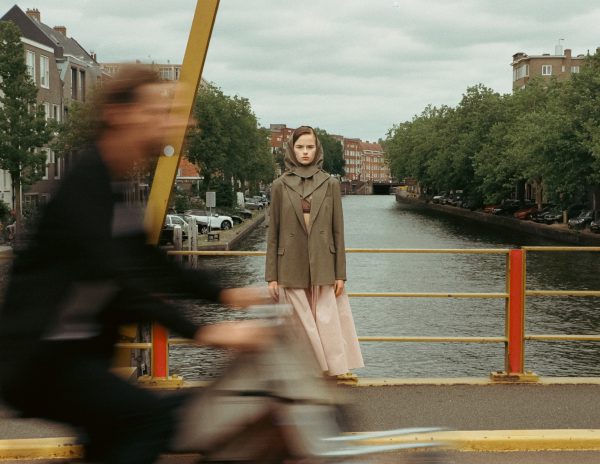
Jumper / Anna Sui
Button Down / Ji Oh
Coat / AKRIS
Skirt / Lisa Perry
Trousers / Adam Selman
Opposite
Dress / Creatures of the Wind
Ruffle Dress / Jill Stuart
Skirt / The Seafarer
Button Down / Arthur Arbesser
Shoes / JOSEPH
Passing seasons flee before us at startling speed in this Schön! online editorial by photographer Ed Maximus, as the golden tones of autumn are explored. Fashion by Kimberly Nguyen adorns model Nadja Giramata in dark tones of 3.1 Phillip Lim, Alexander Wang and JOSEPH, in nostalgia for the sun-kissed season that is autumn.

Top / JOSEPH
Jacket / Tommy Hilfiger
Jumper / Prabal Gurung
Boots / Chiara Ferragni
Opposite
Jacket / Collina Strada
Dress / Creatures of the Wind
Turtleneck / AG Jeans
Top, Skirt & Shoes / Alexander Wang
Tights / We Love Colors

Cardigan / Tommy Hilfiger
Dress / Frame Denim
Coat / Ermanno Scervino
Top / Alexander Wang
Opposite
Button Down / Frame Denim
Blouse / Jill Stuart
Jumpsuit / Tommy Hilfiger
Coat / Prabal Gurung
Boots / Chiara Ferragni

Jumper / Jill Stuart
Lingerie Onsie / Agent Provocateur
Vest / Acne Studios
Trousers / Collina Strada
Jacket / Marcelo Burlon
Opposite
Dress / Adam Selman
Blouse / Frame Denim
Jacket & Trousers / 3.1 Phillip Lim
Trench / Arthur Arbesser
Shoes / Creatures of the Wind

Dress / AG Jeans
Sleeveless Dress / Ji Oh
Tights / We Love Colors
Jumper / Acne Studios
Shoes / Tommy Hilfiger
Opposite
Top / Carven
Dress / 3.1 Phillip Lim
Bottoms / The Seafarer
Jacket / Ermanno Scervino
This Schön online exclusive has been produced by
Photography / Ed Maximus
Fashion / Kimberly Nguyen
Model / Nadja Giramata
Hair / Seiji Uehara
Make Up / Jonet Williamson using MAC Cosmetics
Fashion Assistant / Kacey Fallon
Discover the latest issue of Schön!.
Now available in print, as an ebook, online and on any mobile device.



